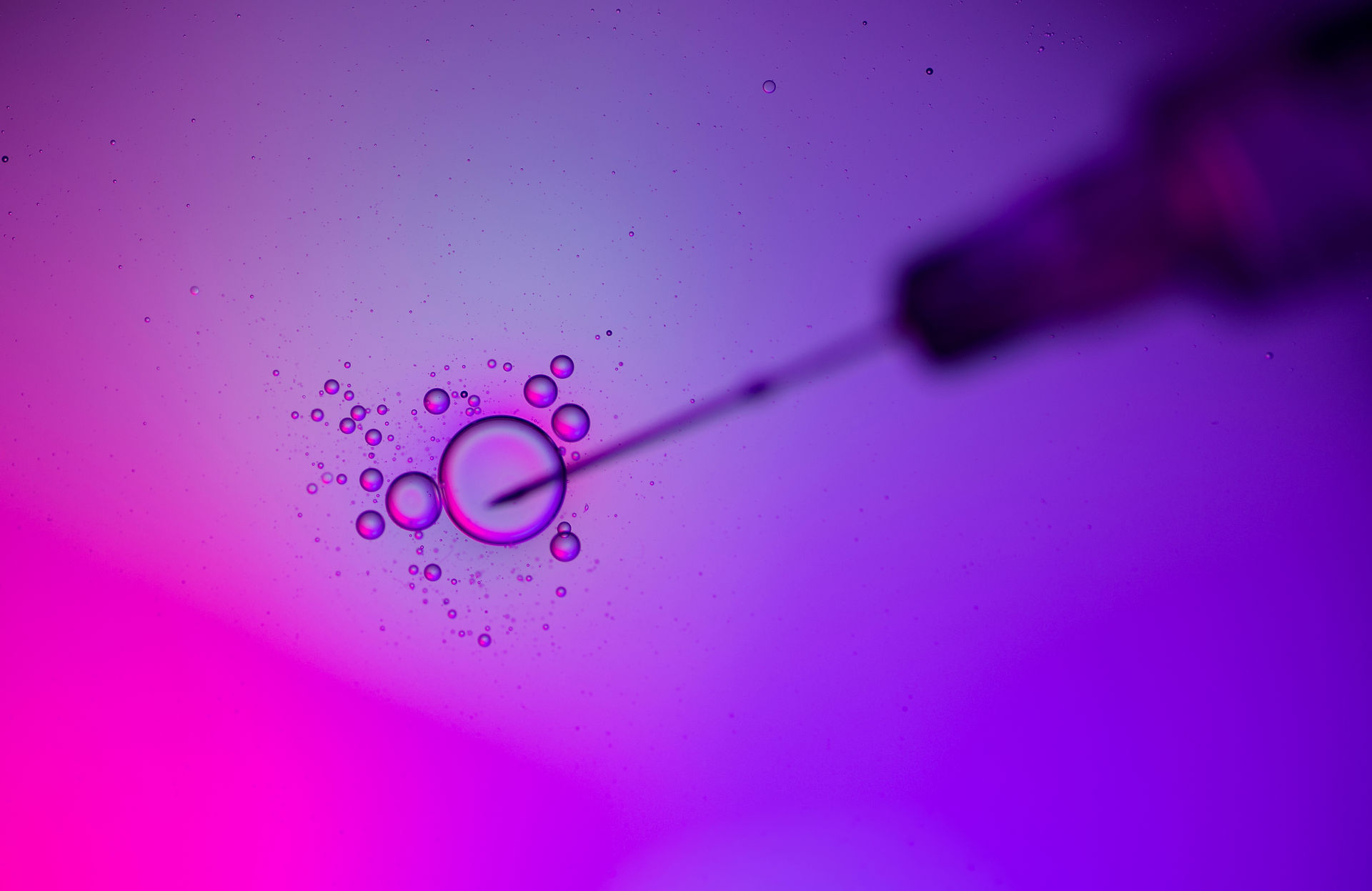
Technologies
Regardless of sample type or application - this are the base technologies for LC MS based Bioanalysis
Mastering LC-MS Workflows: A Guide for Emerging Experts
Liquid chromatography-mass spectrometry (LC-MS) has revolutionized analytical chemistry, providing a powerful tool for identifying and quantifying compounds in complex mixtures. But mastering LC-MS workflows requires more than just understanding the individual components. It demands a holistic approach, encompassing sample preparation, method development, data acquisition, and analysis.
This guide outlines key areas where expertise can significantly enhance your LC-MS performance:
1. Sample Preparation: The Foundation of Success
-
Extraction Techniques: Optimize extraction procedures (solid-phase extraction, liquid-liquid extraction) to maximize analyte recovery and minimize matrix interference. Knowledge of different extraction techniques is crucial.
-
Analyte Enrichment: Employ techniques like solid-phase microextraction (SPME) for trace analysis, understanding the principles of analyte partitioning and selectivity.
-
Derivatization Strategies: Enhance sensitivity and selectivity by chemically modifying analytes for improved ionization efficiency.
2. Chromatography Optimization: Achieving Separation Excellence
-
Column Selection: Master the nuances of stationary phases (C18, HILIC, etc.), particle size, and column dimensions to achieve optimal separation and resolution.
-
Mobile Phase Optimization: Fine-tune mobile phase composition, pH, and gradient elution profiles to enhance separation and peak shape.
-
Troubleshooting: Diagnose and address issues like peak tailing, peak broadening, and co-elution through systematic troubleshooting.
3. Mass Spectrometry Mastery: Ionization and Detection
-
Ionization Techniques: Understand the principles and applications of electrospray ionization (ESI), atmospheric pressure chemical ionization (APCI), and other ionization methods.
-
Mass Analyzers: Grasp the strengths and limitations of different mass analyzers (quadrupole, time-of-flight, Orbitrap) for targeted and untargeted analyses.
-
Data Acquisition Modes: Optimize data acquisition parameters (scan modes, resolution, mass range) for specific analytical needs.
4. Data Analysis and Interpretation: Extracting Meaningful Insights
-
Qualitative Analysis: Employ techniques like library searching, accurate mass measurements, and fragmentation patterns for compound identification.
-
Quantitative Analysis: Utilize internal standards, calibration curves, and appropriate integration methods for accurate quantification.
-
Software Proficiency: Master data processing software to visualize, analyze, and interpret complex LC-MS data.
Beyond the Basics:
-
Method Validation: Establish method reliability and robustness through rigorous validation procedures.
See discussion on Fit-For-Purpose Here
-
Troubleshooting and Maintenance: Develop skills in instrument maintenance, troubleshooting, and resolving common LC-MS issues.
-
Staying Current: Continuously update your knowledge by exploring new technologies, attending conferences, and engaging with the scientific community.
By mastering these aspects of LC-MS workflows, you can elevate your expertise and unlock the full potential of this powerful analytical technique.















